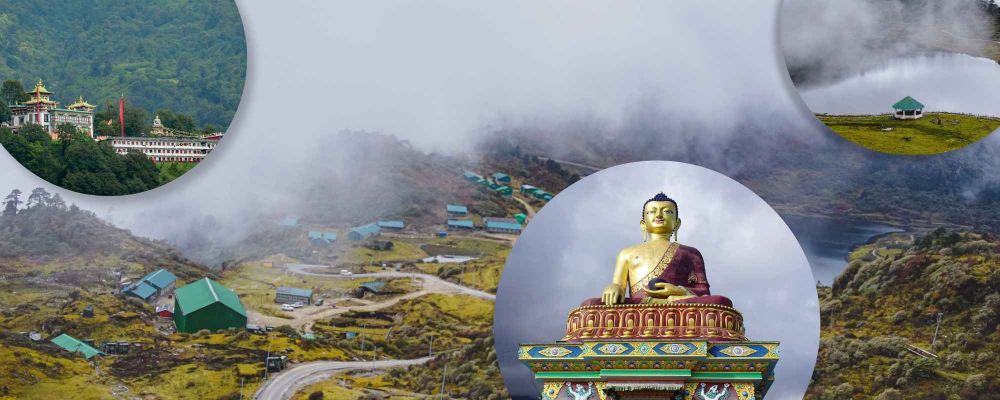

Nestled in the serene landscapes of Arunachal Pradesh, the Pasighat Buddhist Monastery stands as a symbol of peace and spiritual respite in the eastern part of the Indian state. The history of tourism at Pasighat Buddhist Monastery is interwoven with the cultural and religious fabric of the region, which has attracted both pilgrims and travelers seeking tranquility and cultural enrichment.
Though the exact date of establishment of the Pasighat Buddhist Monastery remains uncertain, it is widely acknowledged that Buddhism has been prevalent in Arunachal Pradesh since the early spread of the religion in the region, benefiting from its proximity to the Himalayan Buddhist belt. Over the years, the monastery has become a pivotal center for learning and practicing the tenets of Buddhism, attracting monks and laypeople alike.
The tourism history of Pasighat as a whole goes back to the British era when it was founded in 1911 as the gateway to Arunachal Pradesh. However, it is in recent decades that the Pasighat Buddhist Monastery has emerged as a focal point of interest for tourists. The influx of visitors has increased, thanks to the region's development and the promotion of the Northeast by the Indian tourism sector.
The monastery is known for its vibrant festivals, particularly Losar, the Tibetan New Year, which showcases the rich traditions and colorful performances of the local communities. This annual event paints the town in hues of joy and has become a major draw for visitors.
Eco-tourism and Sustainable Practices: Contemporary trends in tourism in Pasighat, and at the monastery, focus on eco-friendly and sustainable travel. With Arunachal Pradesh's lush biodiversity hotspots, travelers are increasingly interested in experiences that are in harmony with nature while respecting the sanctity of religious sites.
Adventure Tourism: Alongside cultural tourism, Pasighat has also been developing as a hub for adventure tourism, offering activities such as river rafting, trekking, and angling. These adventurous offerings complement the more spiritual allure of the Buddhist Monastery.
Homestays and Cultural Immersion: In line with global tourism trends, there has been a growing inclination towards homestays, which allow tourists to immerse themselves in the local way of life. Visitors to the monastery can often find accommodation in nearby homestays, enhancing their travel experience with personal interactions and traditional hospitality.
To visit the Pasighat Buddhist Monastery, travelers need to obtain an Inner Line Permit (ILP), which is a requirement for entry into Arunachal Pradesh. The monastery is accessible by road and is well connected to major cities in the region. The best time to visit the monastery is from October to April when the weather is pleasant, and the natural surroundings are at their most vibrant.